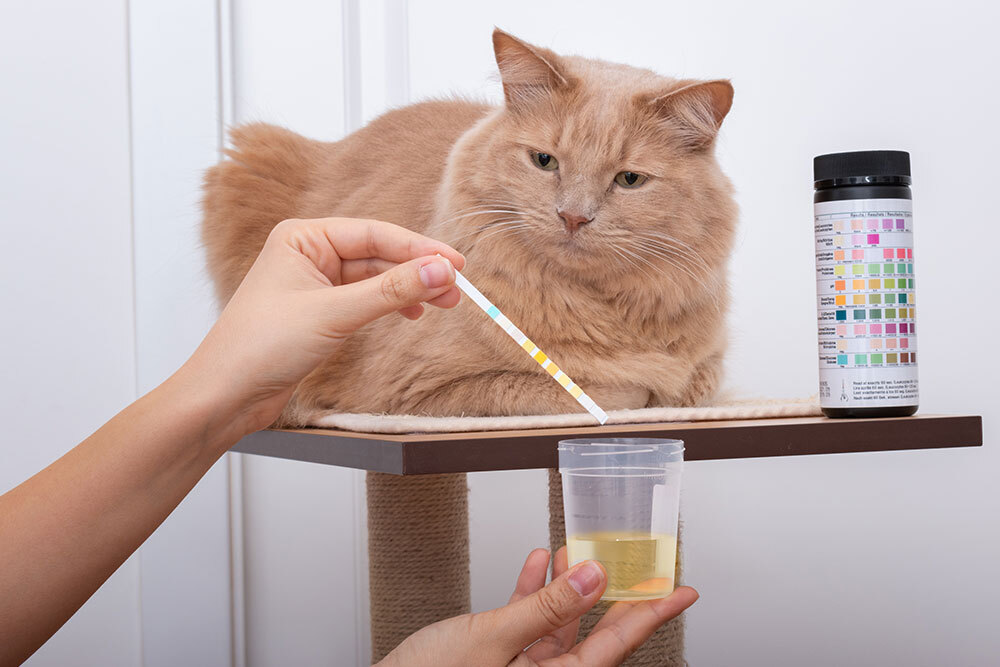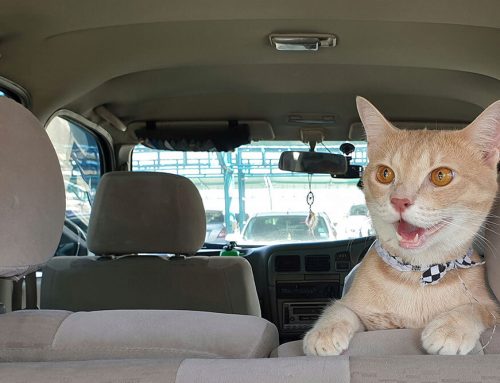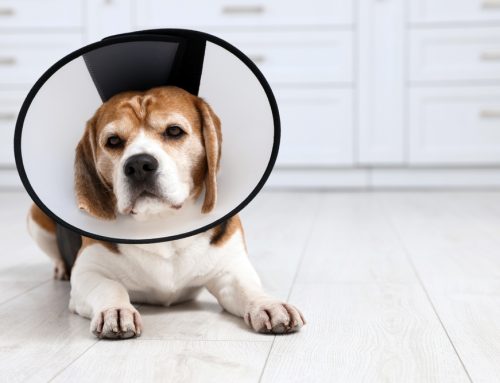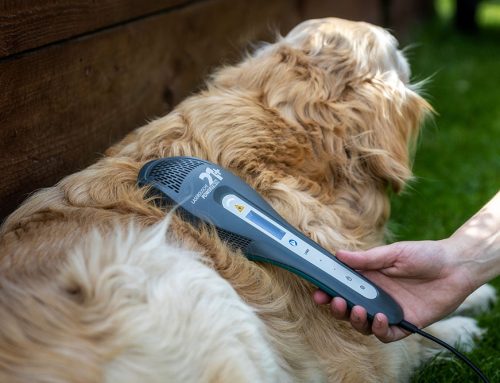At Pinedale Animal Hospital, one of the most common chronic illnesses we diagnose in older cats is chronic kidney disease (CKD). For many families, hearing that their beloved cat has CKD can feel overwhelming—but there’s reason for hope. With early detection and a thoughtful care plan, cats with kidney disease can enjoy many more months—and sometimes years—of comfort and companionship.
What Exactly Is Chronic Kidney Disease?
Kidneys do a lot of heavy lifting in your cat’s body: they filter waste from the blood, regulate hydration, manage electrolyte balance, and help produce red blood cells and hormones. Over time, these organs can begin to wear out—especially in older cats—leading to a progressive condition known as CKD. As kidney function declines, toxins begin to accumulate in the bloodstream, slowly affecting your cat’s energy, appetite, hydration, and overall well-being.
While some signs—like drinking more water or losing a little weight—might be mistaken for “just getting older,” they can be early clues that the kidneys are struggling. The earlier we identify kidney disease, the more effectively we can manage it.
What Causes CKD?
There isn’t always a single cause. In many cats, CKD develops gradually without a clear trigger. However, aging remains the most common factor. Other contributors include chronic dental disease (which can introduce bacteria into the bloodstream), hypertension, exposure to toxins like antifreeze or certain medications, and genetic conditions in breeds like Abyssinians or Persians. Learn more about genetic risks here.
Signs and Symptoms: What to Watch For
The earliest signs of CKD can be subtle. You may notice your cat visiting the water bowl more often, urinating larger volumes, or showing a slightly reduced appetite. Over time, symptoms may progress to include weight loss, vomiting, foul breath, poor coat quality, or signs of dehydration despite drinking frequently.
If your cat’s gums appear pale or they seem unusually tired or withdrawn, this could signal anemia—another common complication of advanced CKD. Here’s more about feline anemia.
Any one of these changes warrants a check-in. You can contact us here to schedule an exam.
How We Diagnose CKD at Pinedale Animal Hospital
Diagnosing kidney disease requires a combination of tools. We’ll start with blood tests to evaluate markers like creatinine, BUN, and phosphorus levels—critical indicators of kidney function. A urinalysis helps us determine how concentrated your cat’s urine is and whether there’s any sign of infection or protein loss.
We also check blood pressure, since hypertension can both contribute to and worsen kidney disease. In some cases, we may recommend imaging like ultrasound or X-rays to get a better sense of your cat’s kidney structure and size.
These diagnostics allow us to determine your cat’s IRIS stage—a helpful system for categorizing the severity of CKD and guiding treatment. Learn more about IRIS stages.
What Treatment Looks Like
There is no cure for CKD, but there are many ways to support your cat’s kidneys and slow the disease’s progression.
Nutrition is foundational. We typically recommend a prescription renal diet that’s lower in phosphorus and protein, which helps reduce the metabolic workload on the kidneys. Many cats thrive on these diets—though finding a flavor and texture they’ll accept may take some trial and error.
Hydration is critical. Because CKD cats lose more water through urination, keeping them well-hydrated is a daily priority. Consider:
- Placing multiple water bowls around the home—on every floor and in every room
- Using a water fountain to stimulate interest in drinking
- Offering low-sodium broth or flavored water for picky drinkers
- Feeding wet food as the primary diet, rather than dry kibble
In some cases, we’ll teach you how to administer subcutaneous fluids at home, which can make a dramatic difference in comfort and hydration. Here’s a guide to fluid administration.
Other supportive tools may include phosphate binders, medications to control nausea or blood pressure, potassium or B-vitamin supplements, and appetite stimulants.
Regular wellness checkups and bloodwork help us monitor your cat’s status and make timely adjustments to their care plan.
A Note on Disease Progression and End-of-Life Care
While many cats respond well to treatment for a long time, it’s important to remember that CKD is a terminal illness. The kidneys do not regenerate, and eventually, the disease will progress despite our best efforts.
Knowing when your cat is nearing the end can be difficult—but signs often include:
- Refusing food for more than a day or two
- Persistent vomiting or diarrhea
- Trouble standing, walking, or getting to the litter box
- Disinterest in water, people, or surroundings
- A rapid decline in energy or responsiveness
When these changes appear, it may be time to talk about end-of-life care. Our team is here to walk you through every step with compassion and clarity—because comfort and dignity matter just as much as time.
What If You Don’t Treat Kidney Disease?
Without treatment, kidney disease will cause increasing toxin buildup (uremia), dehydration, weight loss, poor quality of life, and eventually multi-organ failure. Some cats deteriorate slowly, others much faster—but in every case, early diagnosis and medical support can delay that outcome and improve comfort along the way.
Living Well with CKD
A diagnosis of CKD doesn’t mean your cat’s story is over. Many live happily for months or years with thoughtful, proactive care. Your role in helping them feel comfortable, hydrated, and loved every day is just as powerful as any medication.
If your cat is showing signs of kidney disease—or if you just want peace of mind—reach out to us to schedule a diagnostic visit. We’re here to guide you through every phase, from early testing to tailored treatment, all the way to compassionate support at life’s end.
Let’s help your cat live as well as possible, for as long as possible.









Leave A Comment